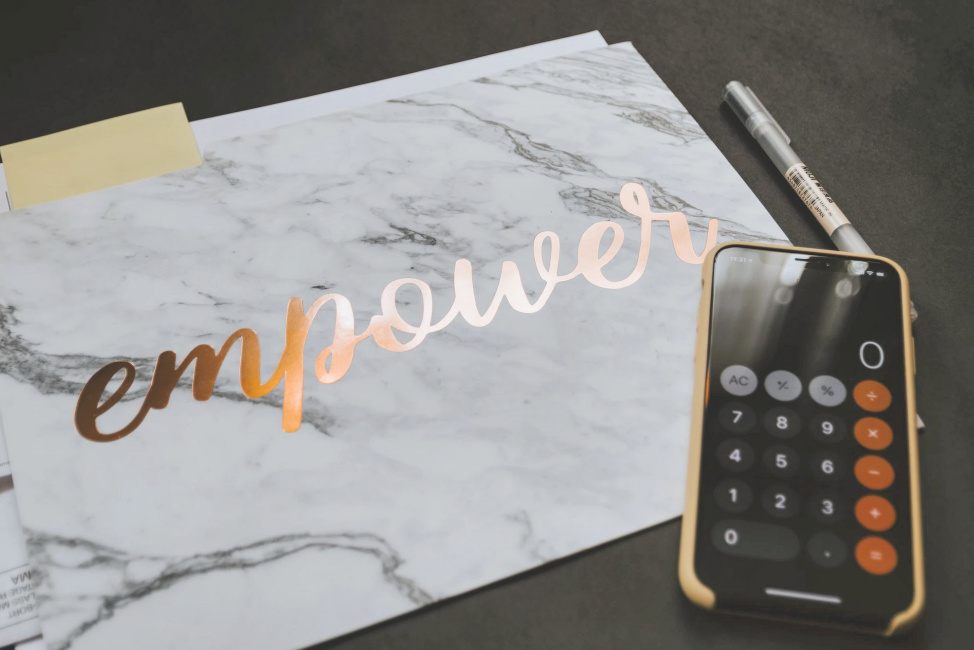We all know budgeting is important, but few of us know where to get started or how to make a budget we can actually use.
These simple steps should help get you out:
Make a list, as best you can, in 3 columns:
1) Income: Use average or estimated amounts if your income fluctuates
2) Essential spending (rent, phone, etc): Use average or estimated amounts for bills that fluctuate. Try to include some amount to transfer to savings each month.
3) Optional Spending (charitable donations, books, etc)
Total each column and make sure that the Income is greater than the Essential plus the Optional. Note: this is where most people hit a wall.
If you need to enter an income number higher than realistic to get the budget to balance, that is OK. You need to decide if there are things you can do to increase your income or lower your expenses – or cover the loss until you can.
A budget is meant to help you out and ease the way you manage your money. It is not meant to be stressful. You should check regularly (ideally monthly for the first year, at least) to see if your actual numbers are close to your estimates, or if you need to adjust your estimates and see if you still balance.
If you have surplus, great! Put some in savings (ideally, you have 3-6 months of expense cushion in the bank) and re-invest some of the money to buy things you need to make your life easier.
